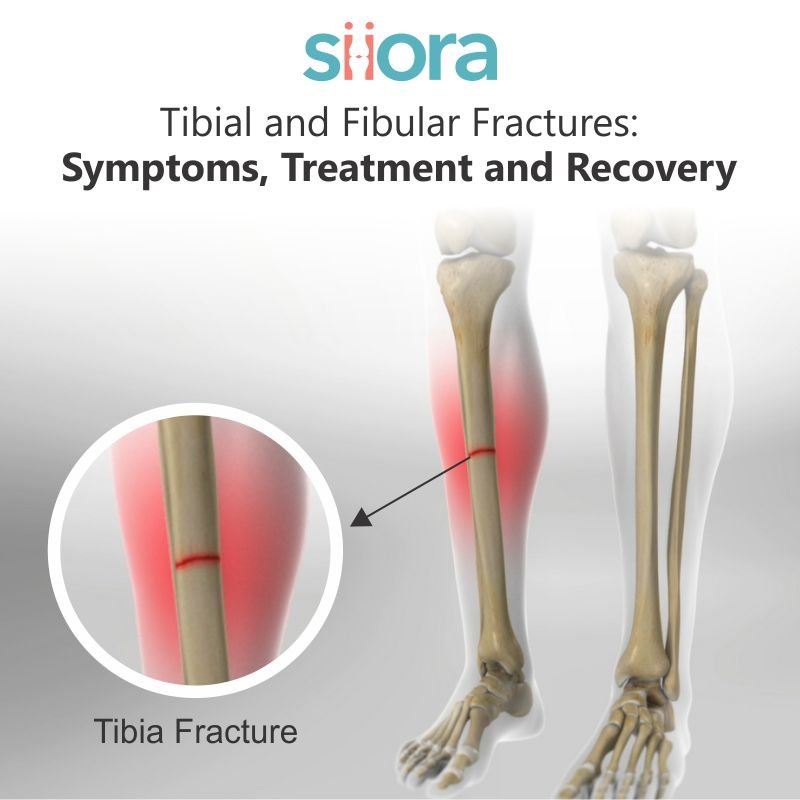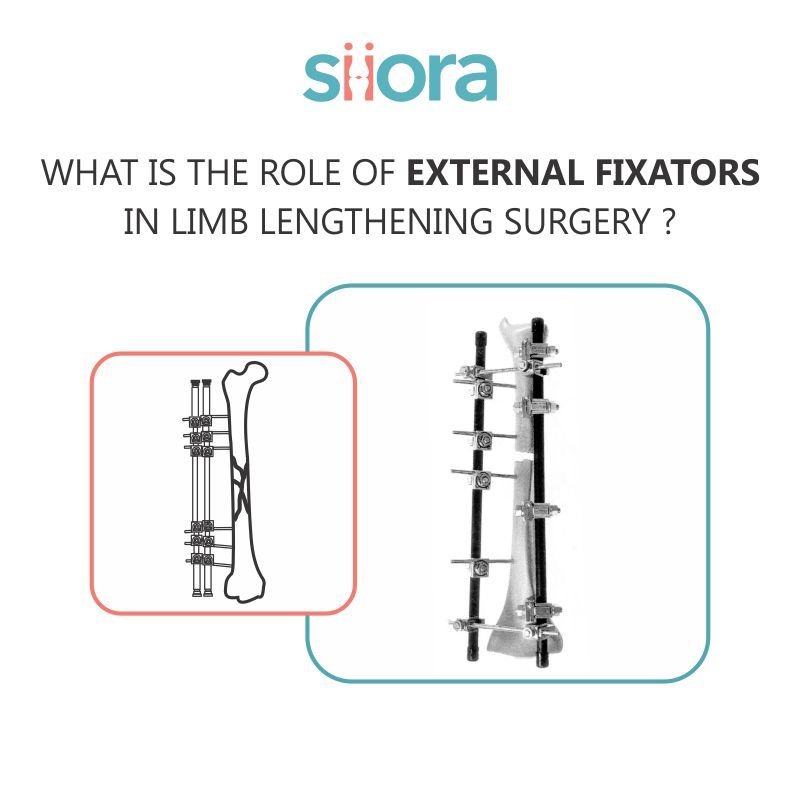Hand fractures can be debilitating, affecting daily life and activities that most of us take for granted, such as writing, typing, or even gripping an object. Treating these fractures effectively is crucial to restore the hand’s full function and avoid long-term complications. Among the many advancements in orthopedic surgery, the use of 2.0 mm locking hand plates has emerged as a game-changer for treating hand fractures. These plates are specifically designed to address the unique anatomical and functional needs of the hand. But what exactly are 2.0 mm locking hand plates, and why are they so effective in hand fracture treatment? Let’s dive deeper into this topic.
Understanding 2.0 mm Locking Hand Plates
At their core, locking hand plates are small, advanced orthopedic devices used to stabilize fractured bones in the hand. The “2.0 mm” refers to the diameter of the screws that accompany the plates, which are compatible with small and delicate hand bones. These plates are part of locking plate systems, which have revolutionized the way fractures are treated.
Locking plates differ from traditional bone plates primarily because of how they interact with screws. In a locking plate system, the screws lock into the plate rather than relying on friction between the plate and the bone. This creates a stable, fixed-angle construct, providing exceptional stability, even in bones with poor quality or when the fracture occurs in an area with limited bone density.
Key Features of 2.0 mm Locking Hand Plates
Small Size and Lightweight
Hand plates need to be lightweight and minimally invasive to avoid discomfort and interference with the hand’s intricate movements. The hand locking plates meet these criteria perfectly. Their small size allows them to fit snugly along the contours of the hand bones without causing irritation.
Biocompatibility
Most locking hand bone plates are made from materials such as titanium or stainless steel. These materials are biocompatible, meaning they are safe to use inside the human body and do not trigger adverse reactions.
Low-Profile Design
A low-profile design minimizes the risk of soft tissue irritation. This is especially important for the hand, where soft tissue structures such as tendons and ligaments are abundant and play a critical role in movement and grip strength.
Versatile Shapes and Sizes
The human hand is a complex structure made up of 27 bones, varying in shape and size. Locking hand plates are available in various configurations to accommodate fractures in different bones, whether it’s the phalanges (finger bones) or the metacarpals (bones in the palm).
Enhanced Stability
The locking mechanism between the plate and screws ensures that the construct remains stable even in cases where the bone quality is compromised, such as in elderly patients or individuals with osteoporosis.
How Do 2.0 mm Locking Hand Plates Work?
When a hand fracture occurs, the primary goal is to stabilize the broken bones to allow them to heal in the correct alignment. Here’s a step-by-step breakdown of how 2.0 mm locking hand plates are used in surgical treatment:
Pre-Surgical Planning
Before the surgery, detailed imaging such as X-rays or CT scans is performed to assess the fracture type and determine the most appropriate plate size and shape.
Fracture Reduction
During the procedure, the surgeon first realigns the fractured bone fragments (a process known as fracture reduction) to their natural anatomical position.
Plate Placement
The locking plate is positioned over the fracture site, conforming closely to the shape of the bone.
Screw Fixation
Screws are then inserted through the holes in the plate and into the bone. In a locking system, the screws thread into the plate itself, forming a rigid construct that holds the bone fragments in place.
Healing and Recovery
Once the plate is secured, it acts as an internal splint, maintaining stability as the bone heals. Over time, the bone naturally fuses, and the plate may remain in place indefinitely unless complications arise.
Benefits of Using 2.0 mm Locking Hand Plates for Hand Fractures
Locking hand plates offer several advantages over traditional fixation methods, making them the preferred choice in modern orthopedic surgery:
Precise Stabilization
The locking mechanism ensures that the plate and screws do not shift, even with minimal bone contact. This is particularly useful in complex fractures or in areas with poor bone density.
Reduced Risk of Complications
Traditional plates rely on compressing the plate against the bone, which can disrupt blood flow and impair healing. Locking plates eliminate this need and preserve the bone’s blood supply while promoting faster recovery.
Early Mobilization
Because of the enhanced stability provided by locking plates, patients can often begin moving their hands earlier in the recovery process. This reduces the risk of stiffness and improves long-term outcomes.
Versatility
The variety of sizes and configurations ensures that surgeons can address a wide range of hand fractures, from simple breaks to complex, multi-fragmented injuries.
Durability
Made from high-quality materials like titanium, these plates are strong yet lightweight, capable of withstanding the forces exerted by the hand during its normal activities.
Applications in Hand Fracture Treatment
The 2.0 mm locking hand plates are used in various types of hand fractures, including:
Metacarpal Fractures
These fractures occur in the long bones of the palm and are common in sports injuries or falls.
Phalangeal Fractures
Fractures in the finger bones often require precise fixation to restore dexterity and grip strength.
Comminuted Fractures
In complex fractures where the bone is broken into multiple pieces, locking plates provide the necessary stability for proper healing.
Open Fractures
These injuries, where the bone breaks through the skin, often require surgical intervention, and locking plates play a vital role in stabilizing the bones.
Challenges and Considerations
While locking hand systems offer numerous benefits, they are not without challenges. Proper surgical technique is essential to ensure the plate is positioned correctly, as any misalignment can hinder recovery. Additionally, the cost of locking plate systems may be higher than traditional plates, making them less accessible in resource-limited settings.
The Future of Hand Fracture Treatment
The use of 2.0 mm locking hand plates represents a significant advancement in orthopedic care. As technology continues to evolve, we may see further innovations in plate design, materials, and surgical techniques, improving outcomes for patients with hand fractures. The ultimate goal is to provide solutions that not only heal fractures but also restore full functionality and minimize recovery time.
Conclusion
Hand fractures demand precise treatment to preserve the intricate balance of strength, flexibility, and dexterity that our hands provide. The 2.0 mm locking hand plates have become a cornerstone in modern orthopedic surgery, offering unparalleled stability, versatility, and reliability. By understanding their role and benefits, both patients and medical professionals can appreciate the significant impact these small but mighty devices have on the path to recovery.








